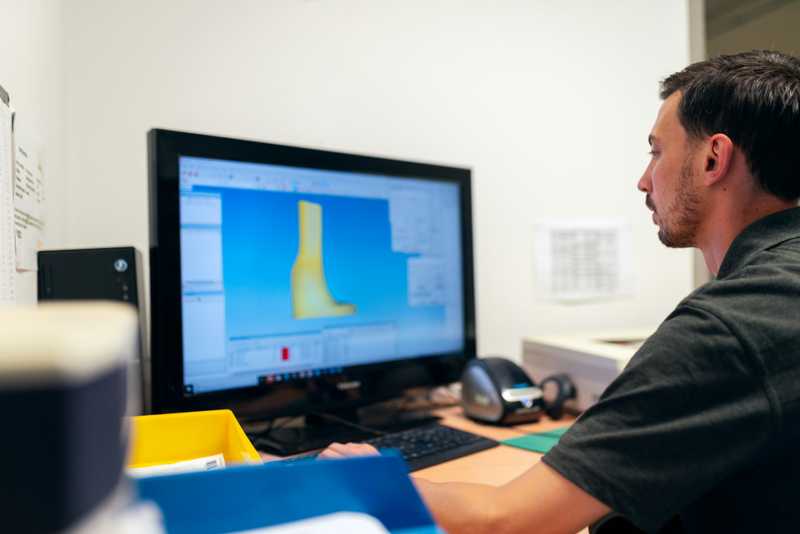In This Article

The Metaverse: A $5-13 Trillion Investment Opportunity Reshaping Digital Reality
Picture this: you're standing at the edge of a digital frontier that could be worth more than China's entire economy by 2030. The metaverse isn't just another tech buzzword—it's a fundamental shift in how humanity will interact, work, and create value in the digital age.
With market projections ranging from $5 trillion (McKinsey) to $13 trillion (Citi) by 2030, we're witnessing the birth of an entirely new economic system. But here's the thing most investors miss: the metaverse opportunity isn't about picking the next Meta or Roblox—it's about understanding the layers of value creation across an entire ecosystem.
Beyond Gaming: What the Metaverse Really Is
Let's clear up a common misconception right away. The metaverse isn't virtual reality. It's not augmented reality. It's not even just gaming.
Think of it as persistent, shared virtual worlds where the boundaries between physical and digital reality blur. While VR provides simulated environments through headsets and AR overlays digital information onto the physical world, the metaverse extends beyond both—creating virtual spaces with their own economic and social systems that mirror real-world dynamics.
At its core, the metaverse features three essential elements:
- Immersion: You're not just viewing content; you're experiencing it
- Real-time interactivity: Everything happens instantly, just like real life
- User agency: You shape the world around you, not just consume it
With blockchain technology often underpinning these platforms, virtual assets and digital property ownership become as real and valuable as their physical counterparts.
The Numbers That Made Wall Street Take Notice
When Citi projects a $10 trillion metaverse economy by 2030, they're not gambling on hype. The metaverse market was already valued at $54.9 billion in 2023 and is projected to hit $75.43 billion in 2024—real money flowing through real platforms.
Here's what major financial institutions are forecasting:
- Goldman Sachs: $8 trillion opportunity
- McKinsey: Up to $5 trillion in value by 2030
- SkyQuest Technology: Growth from $75.43 billion (2024) to $958.19 billion (2032)—a staggering 37.4% CAGR
The gaming sector alone, valued at $17.71 billion in 2022, is growing at 40.4% annually. This isn't speculation anymore—it's measurable, accelerating growth.
The Three-Layer Investment Framework
Here's where it gets interesting for qualified investors. The metaverse isn't a monolith—it's a stack of technologies and services, each offering distinct investment opportunities.
Layer 1: Infrastructure (The Foundation)
The metaverse will require a 1,000x improvement in computational efficiency according to Citi. Current internet infrastructure simply can't support fully immersive experiences. This creates massive opportunities in:
- Computing hardware and semiconductors
- Network infrastructure (5G providers like T, TMUS, VZ)
- Cloud computing (GOOGL, AMZN, MSFT)
- Data centers and real estate (AMT, SBAC, CCI)
Layer 2: Platforms (The Operating Systems)
Platform providers create the environments and protocols enabling metaverse experiences:
- Blockchain networks supporting digital ownership
- Virtual world platforms
- AR/VR operating systems
- Identity and interoperability protocols
Layer 3: Applications (The Experience)
The most visible layer—where users actually engage:
- Gaming and entertainment
- Virtual commerce and retail
- Enterprise collaboration tools
- Healthcare and education applications
Strategic Sector Analysis
Virtual Real Estate: The Digital Land Rush
Virtual properties in the metaverse function like physical real estate—they appreciate, generate income, and derive value from location. A digital property bordering a popular NFT community or owned by a major brand commands premium prices, just like waterfront property in Miami.
The integration of NFTs has revolutionized ownership models, enabling true asset interoperability across platforms. When Hadean Supercomputing raised $30 million from Epic Games and Tencent, they weren't just building games—they were creating the infrastructure for persistent digital worlds.
Enterprise Applications: Beyond Consumer Markets
While consumer applications grab headlines, enterprise use cases may drive the most significant returns:
- Manufacturing: Virtual prototyping and design
- Healthcare: Surgical training and patient treatment
- Retail: Immersive shopping experiences
- Education: Virtual classrooms and labs
Deutsche Bank identifies three areas with "enormous acceleration potential": computing power, digital content, and cross-platform asset services.
Risk Management in the Virtual Frontier
Experienced investors know that transformative opportunities come with proportional risks. Here are the key challenges:
Technological Limitations
Current infrastructure needs massive upgrades. Computing power limitations, user discomfort with extended VR use, and interoperability challenges remain significant hurdles.
Regulatory Uncertainty
As the metaverse grows, it will attract regulatory scrutiny. Issues around content moderation, privacy, and digital asset taxation are still evolving. The frameworks being developed for cryptocurrencies will likely extend to metaverse activities.
Timeline Realities
We're likely approaching the "peak of inflated expectations" in the Gartner Hype Cycle. Smart investors recognize this pattern: innovation trigger → peak expectations → trough of disillusionment → slope of enlightenment → plateau of productivity.
Interoperability Challenges
Most platforms are developing in isolation. Without coordination, the seamless metaverse vision remains fragmented. As one fund manager noted: "If I buy a digital device in one world, I want to use it in another; otherwise it reduces its economic value."
Investment Strategy: Timing the Digital Revolution
Short-term (1-3 years)
Focus on enabling technologies and infrastructure supporting current development. Target companies providing immediate value to early adopters.
Medium-term (3-5 years)
Consider platform providers and application developers gaining market traction. Look for emerging winners in specific verticals.
Long-term (5+ years)
Position for the fully realized metaverse economy through diversified exposure across all layers. This is where patient capital captures transformational returns.
The Venture Capital Advantage
For qualified investors, venture capital offers unique advantages in metaverse investing:
- Early access to breakthrough technologies before public markets
- Direct exposure to pure-play metaverse companies
- Professional due diligence on complex technical evaluations
- Diversified portfolios across the entire value chain
The Bottom Line
The metaverse represents the most significant evolution in digital interaction since the internet itself. With projections of $5-13 trillion by 2030, it's not about whether to invest, but how to position strategically.
Success requires:
- A multi-layered approach spanning infrastructure to applications
- Diversification across gaming, virtual assets, and enterprise use cases
- Timeline-based strategies aligned with adoption curves
- Professional risk management for frontier technologies
The metaverse isn't coming—it's here. The infrastructure is building. The platforms are launching. The applications are multiplying. For qualified investors, the opportunity is clear: capture value in what may become the next major paradigm of human interaction and commerce.

